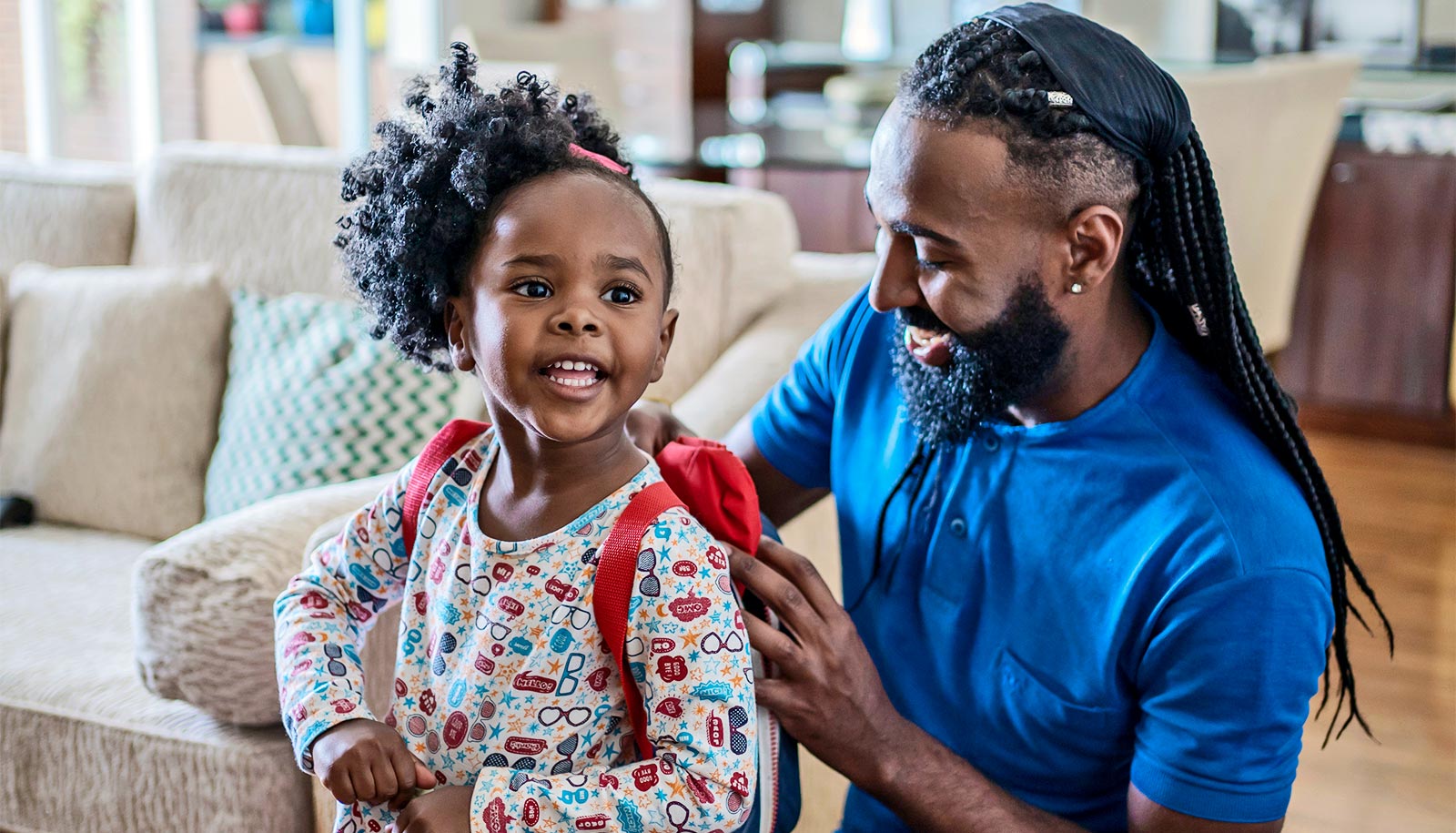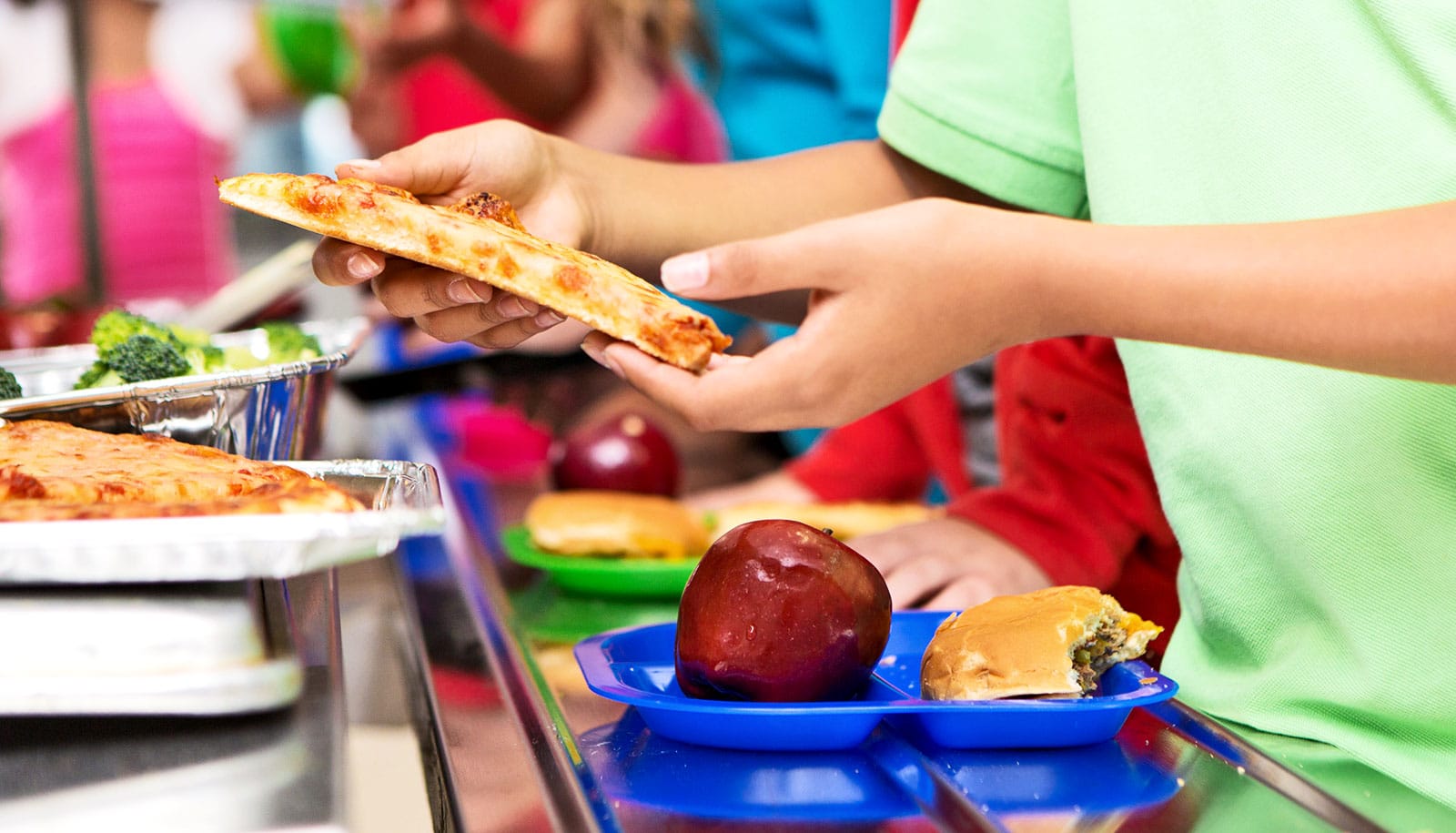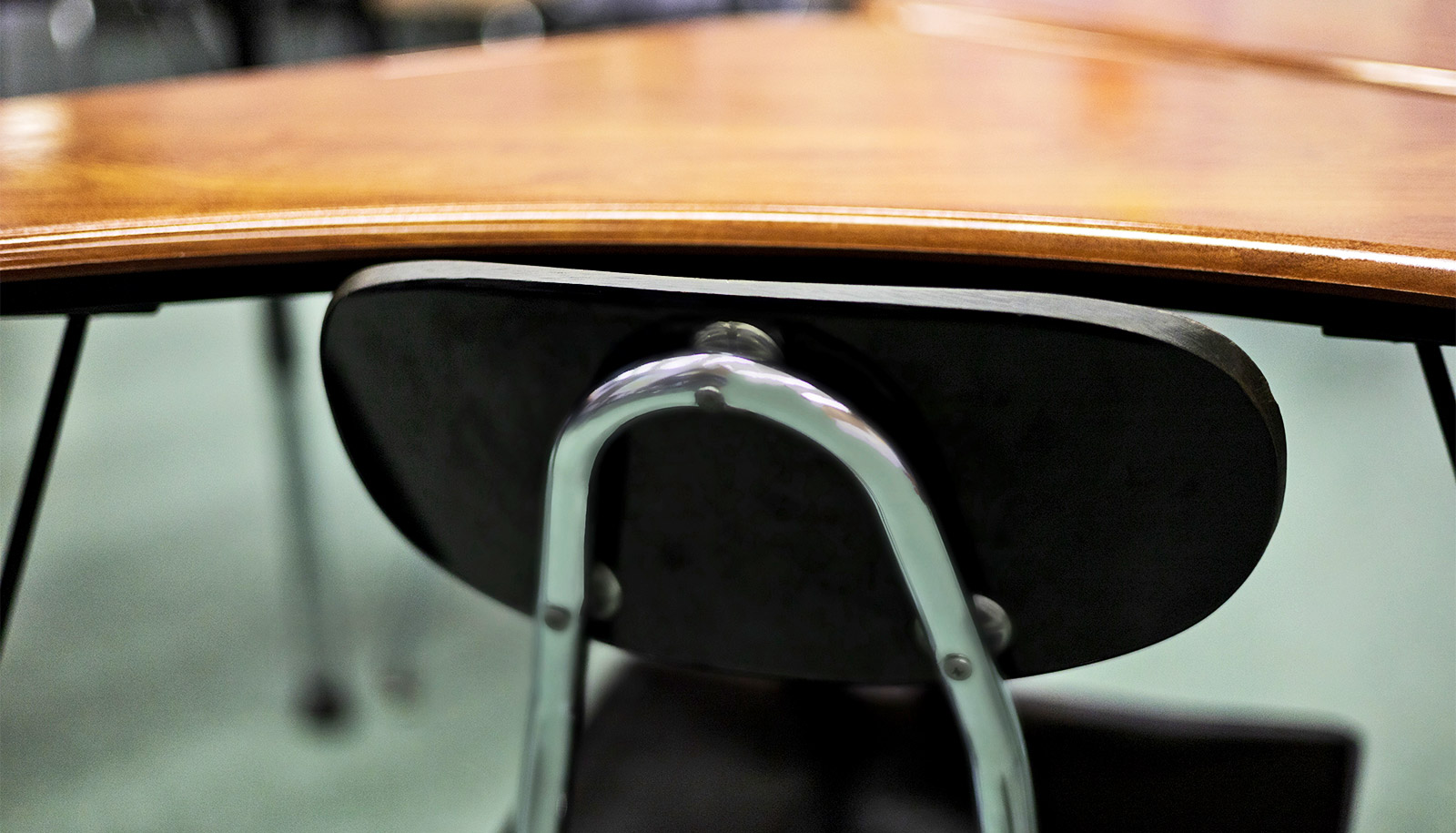Over 50 million K-12 students across the United States will return to classrooms this month and next, according to the National Center for Education Statistics.
Here, Michigan State University experts provide guidance on how to ensure students are physically and mentally prepared for the new school year:
Vaccines
“Vaccines are a critical tool in ensuring a safe return to school for our children,” says Robert Root, an associate chief medical officer and board-certified pediatrician with MSU Health Care.
“They not only protect the individual child but also help safeguard the entire school community. I advocate for staying up to date with required vaccinations, including those for COVID-19 and the flu, as they play a key role in reducing the spread of preventable diseases and allow our children to thrive in a healthy learning environment.”
Mental health
“Ensuring mental wellness is just as important as physical health when children and adults are returning to school,” says Jed Magen, the chair of the psychiatry department, who also provides care as a board-certified psychiatrist at MSU Health Care. “The transition back to the school environment can be both exciting and challenging. I emphasize the importance of open communication, understanding emotions, and seeking support when needed. By fostering a nurturing and compassionate atmosphere, we can empower students to cope with stress, build resilience, and cultivate a positive mental well-being that will pave the way for success in both academic and personal growth.”
Kids with asthma
“Back to school is a high-risk time for kids with asthma. Most years, September is the month with the highest number of hospitalizations for asthma,” says Ryan Thomas, the chief of pediatric pulmonology who provides care as a board-certified pediatric pulmonologist at MSU Health Care.
“Asthma action plans are a tool for children with asthma as they head back to school. These plans provide a clear roadmap for managing asthma symptoms and responding to potential triggers in the school environment. By working collaboratively with parents, teachers, and health care providers, we can ensure a safe and supportive educational experience for children with asthma.”
School sports safety
“Returning to school is an exciting time for many reasons, including returning to school sports,” says Micah Lissy, the interim chairperson of the orthopedics department, who provides care at MSU Health Care Sports Medicine as an orthopedic surgeon. Lissy is also a team physician for MSU Athletics.
“No matter what your summer looked like, here are some essentials for ‘getting back in the groove,’ avoiding injury, and having a fun, successful season. Communicate any pain or discomfort to parents, trainers, and coaches early on, so we can intervene before it becomes a more serious issue. Prepare for the season with a pre-participation examination, stay hydrated, fuel your body with a healthy diet, and wear proper protective gear. Train mindfully with warm-ups, cool-downs, and sufficient breaks for recovery. Cross-train to be a well-rounded athlete, learn proper techniques, and follow guidelines for safe play.”
Bilingual language learners
“Bilingual language learners, or BLLs, in schools are mostly students who were born in the US from immigrant parents. A first step in creating a positive environment for BLLs is to make them feel welcomed and comfortable,” says Lucia Cardenas Curiel, an assistant professor in the College of Education. “You also should help build their confidence and help them create relationships with their classmates. Teachers also should pay attention on how to pronounce students’ names correctly. Some BLLs may go through what we call ‘the silent period,’ a time where they are listening to a new language and avoid talking. Be patient and provide opportunities for students to talk to each other in small groups.”
Source: Michigan State University



